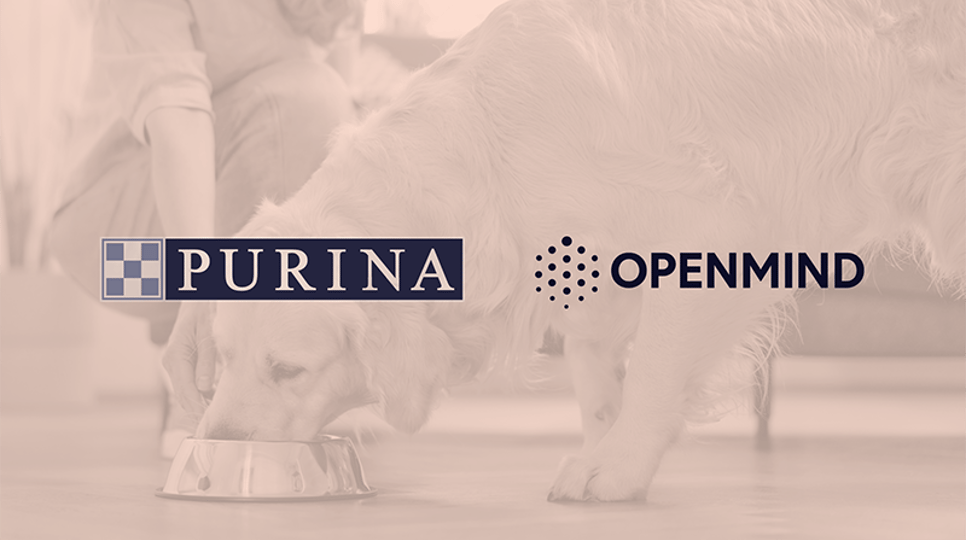Case Studies Data and measurement
Purina drives nearly 30,000 store visits with the help of advanced data solutions in Switzerland

Recruiting fraud is a growing issue for many companies.
The Trade Desk takes this issue seriously and is taking steps to address it.
Share:
The many benefits of supply path optimization
At MiQ, we take a data-driven approach to supply optimization to evolve industry capabilities into custom opportunities for our clients. In this case study, I’d like to share how we leveraged The Trade Desk’s Volume Control application programming interface (API) to improve campaign performance for marketers without requiring manual optimization.
While many marketers are beginning to understand and appreciate supply path optimization (SPO), it’s still typically looked at purely through the lens of cost optimization. And though that is important, it doesn’t consider the role of outcomes and performance metrics in the decisioning process. Beyond cost efficiency, there are multiple outputs SPO can solve for — from delivering against better performance to optimizing toward more sustainable ad tech partners.
Driving automated efficiencies at scale across multiple formats
Supply path optimization is often one of the first tactics a trader will deploy when looking to improve campaign performance, typically reviewed within a week of a campaign’s go-live date. With a standard demand-side platfrom (DSP) setup, it can be difficult to route investment to high-performing supply combinations without breaking these features into isolated ad groups, which results in a bloated campaign architecture that is difficult for traders to manage.
We first designed our automated solution with connected TV (CTV) use cases in mind, to help rank and increase delivery on high-quality and cost-efficient app bundles across our investment footprint — a problem statement raised by our trading leads. Across CTV, we were able to realize a 6 percent efficiency improvement while increasing allocation to high-quality CTV media owners. In expanding this concept to 11 performance campaigns, the testing drove an average cost per acquisition (CPA) reduction of 24.5 percent. Now we are running our SPO solution on more than 200 active monthly campaigns across display, video, CTV, and audio formats.
Cookie-free, ID-less optimization is possible
Taking full advantage of The Trade Desk’s enterprise capabilities, we use the raw event data stream (REDS) feed to gather log-level data and uncover insights about the vectors that feed into our Volume Control prioritization logic. With data from REDS, our data scientists can analyze the performance of specific contextual feature combinations within an advertiser’s campaign (Exchange → Seller/Publisher → Site Domain → Deal). To improve the quality of the data and ensure selected features have enough opportunity to deliver proven value, we apply a statistical threshold to filter out any feature combination with low impressions.
Next, we use the Volume Control API to automatically prioritize inventory and decide how to waterfall spend across multiple feature combinations that a trader wouldn’t otherwise be able to analyze in an Excel doc or target within the user interface. We control budget allocation by assigning Volume Control ranks to preferred delivery paths based on our own logic — in this case, weighted key performance indicators (KPIs) — taking a primary and a secondary goal like conversion rate (CVR) and CPA to create a compounded efficiency score for the contextual path. This score is then used to identify the Volume Control rankings applied to the campaign to drive allocation toward performance results.
With this method, we’re able to drive better outcomes against advertiser KPIs without having to manually create additional ad groups or adjust budget allocation throughout the campaign. This cookie-free, ID-less optimization tactic also helps evolve our targeting strategies by profiling contextual performance patterns versus user groups — thus driving toward KPIs in a future-proofed manner.
How this type of multifactor decisioning helps marketers
Leveraging The Trade Desk’s REDS and Volume Control API, we applied data-backed multifactor decisioning to enhance supply path optimization and automate performant trading tactics. When paired with MiQ’s data-science approaches, we saw this feature outperform campaign performance goals and standard optimizations in nearly every campaign executed across.
With our ranking methodology and The Trade Desk’s Volume Control API, we are able to automate performant trading tactics at scale via enhanced inventory optimization and intelligence, which leads to higher advertiser satisfaction and frees up traders’ time to go deeper on broader client challenges. Learn more about MiQ.
Case Studies Data and measurement

Insights Publishers

Resources Retail Media
